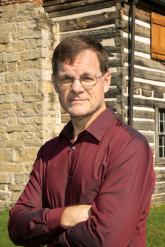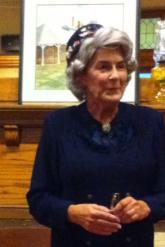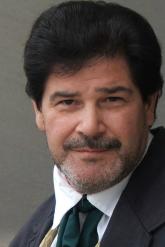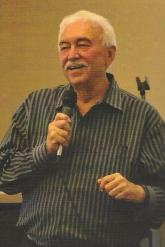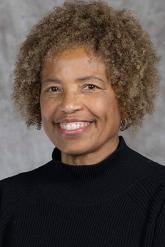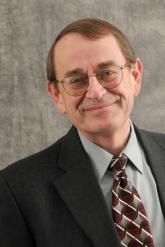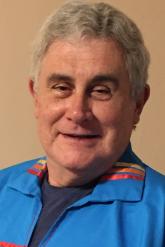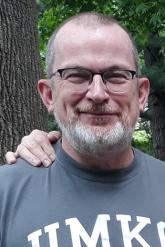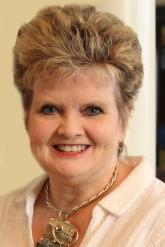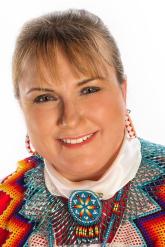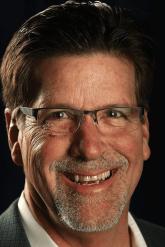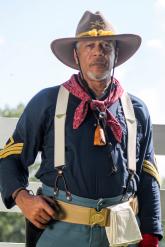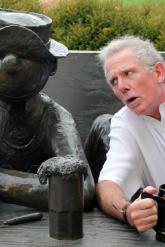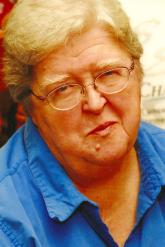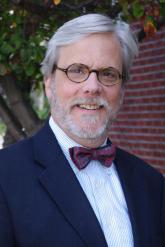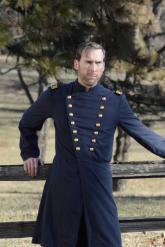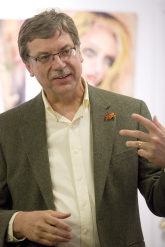The Missouri Speaker Bureau is jointly organized and managed by Missouri Humanities and the State Historical Society of Missouri. The purpose of the Missouri Speakers Bureau is to promote humanities education throughout the state of Missouri. If your civic organization, museum, historical society, library, or similar institution or group is looking for an expert to give a presentation on a topic related to the history, culture, geography, and/or people of Missouri, we hope you will consider what this program has to offer.
To arrange a speaker, please contact the speaker directly using the contact information listed below.
For presentations that qualify for program underwriting, there is no cost to the host organization. Each speaker can provide up to four underwritten presentations. For the presentation to be covered by program underwriting, the host organization must be nonprofit and located outside Boone, Greene, Jackson, and St. Louis counties and outside the city of St. Louis. The number of underwritten programs each speaker has remaining is included below.
See the Frequently Asked Questions for more information about Missouri Speakers Bureau and underwritten programming.
Use the filters below to narrow speakers by where they are from, topics covered by their presentations, and if they have underwriting programs still available.




